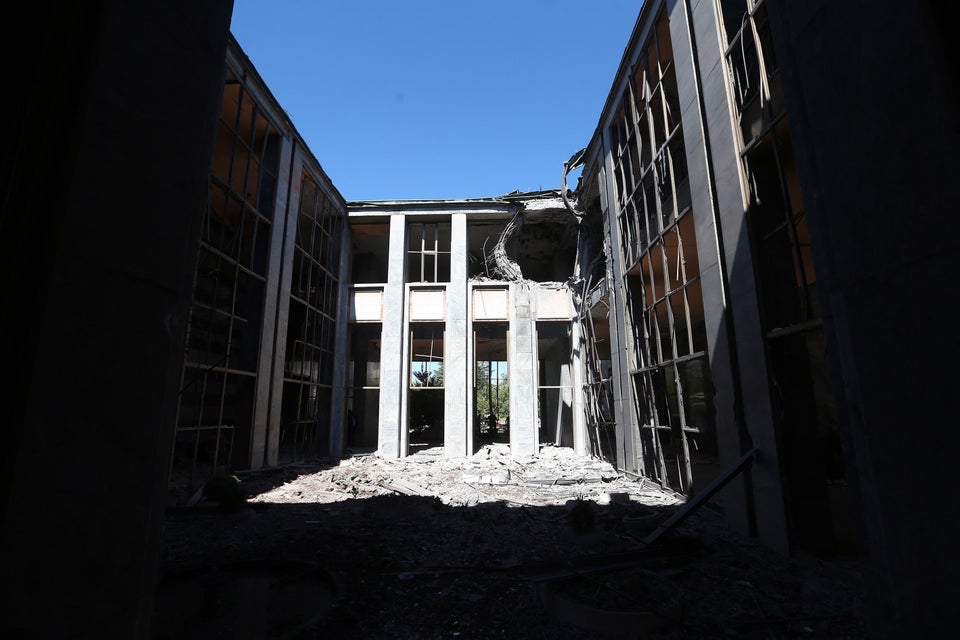ISTANBUL ― During the past week Istanbul locals have been waiting for snowflakes to appear in the air. It has been a humid November, with winds from the Black Sea increasing temperatures and creating a false sense of spring. Lately, it’s been difficult to tell which season we are inhabiting: a dark and cold one, or one that is still bright and warm. The day after Donald Trump was elected president of the United States, the opening of a new museum exhibition was filled with young Turks struggling to make sense of the near 80-degree weather outside. News of the rise of the real estate mogul to the highest political power overseas almost failed to confound in comparison.
These days, it is not unusual to see young Turks in the city turning to art in troubled times. There is an almost palpable feeling of anxiety in Istanbul’s art scene. For some, it has led to depression, fear and melancholy. But for others, it seems to have given energy to the arts much like it did in years past.
“'Even if we don't have the power to physically change things, we can find means of survival in our environment.'”
- Istanbul-based artist Huo Rf
During that very crowded exhibition opening in November, I was amazed by signs of optimism in the faces of young curators and artists, many of whom were irritated by those who had been leaving the country for a life in Europe, after declaring Turkey “unlivable.” In the aftermath of terror attacks by the so-called Islamic State here in the first half of 2016 and the failed coup in July that left hundreds of civilians dead on the streets and the national parliament building bombed, an overwhelming sense of uncertainty has dawned on Istanbul’s once energetic art scene. Many who belonged to it talk about a sense of responsibility to stay in Istanbul and produce new shows; this fresh wave of creativity seems to have become a way of dealing with Turkey’s anxieties.
In her 2012 piece for the New York Times Magazine, Suzy Hansen memorably characterized this notion as “The Istanbul Art-Boom Bubble.” “Istanbul’s art boom won’t last forever,” she predicted. “The economic crisis in the West and political instability in the East have caused the market to soften a bit, gallerists say. More important, perhaps, a majority of the buyers of Turkish art are Turks. And some of those new collectors know very little about art.”
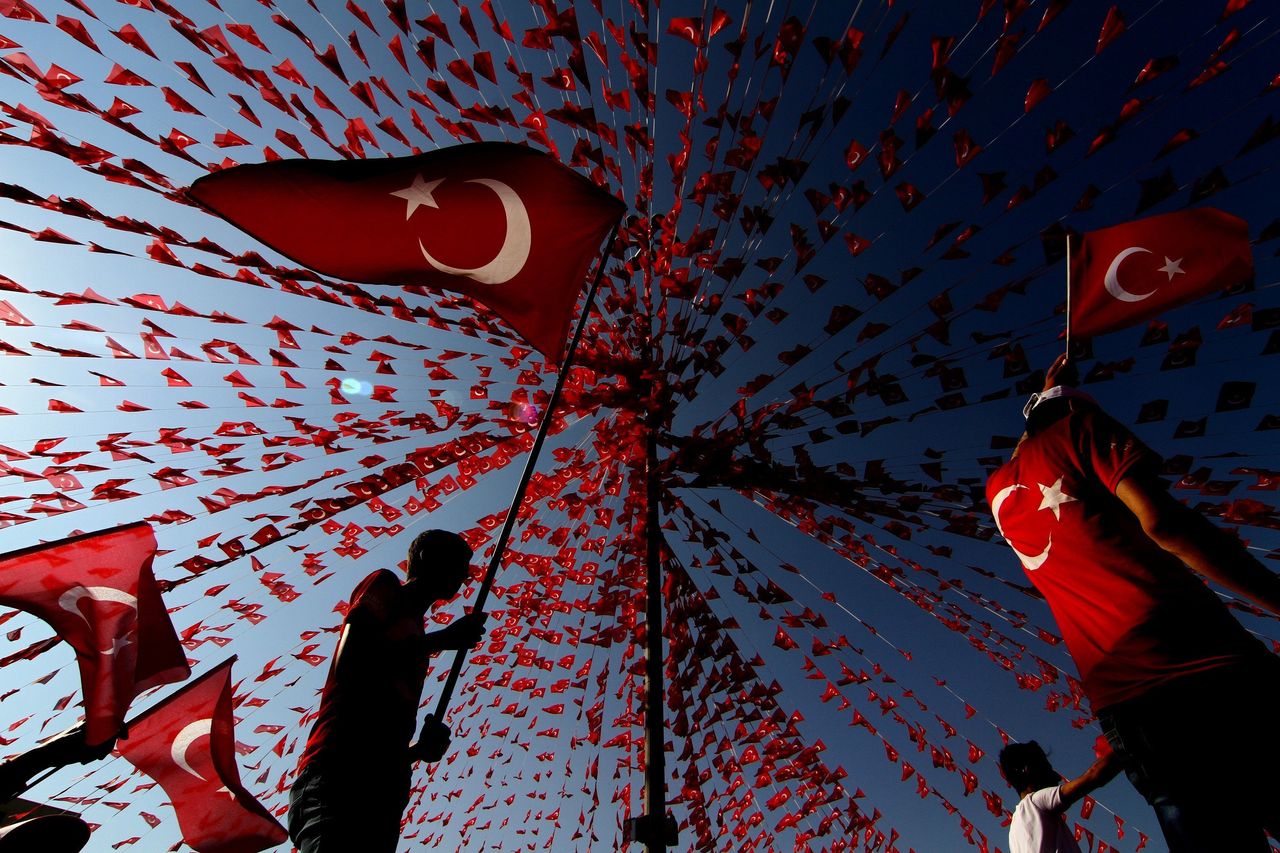
Despite money being poured into the art scene by private institutions in the “art-boom bubble,” it lacked a sense of vitality during the late 2000s. The missing ingredient seems to be arriving now, thanks to the wrenching changes Turkey is going through.
One crucial factor in this transformation is Turkey’s neighbor, Syria. Civil war there has led to a massive exodus of people, and now Istanbul finds itself host to a large number of Syrian refugees. This, in turn, has changed the dynamic in the city as locals and Syrians alike try to figure out how to incorporate one another in everyday society, including in the art world.
“Locals and Syrians alike are trying to figure out how to incorporate one another in everyday society, including in the art world.”
“Art viewers in Istanbul are becoming more complex,” leading Turkish curator Vasıf Kortun told me recently while leaving the headquarters of SALT, the artistic research center where he is director of programs. “Nowadays, we have more Arabic speakers than English speakers.”
Some of the new visitors he described are refugees that have fled the neighboring conflict. And now a number of exhibits here are catering to this city’s new reality. Recently, SALT opened “Who Throws Whom Overboard?” a show by Oliver Ressler whose works focus on borders, migration and the Syrian crisis.
Oliver Ressler’s “Emergency Upside Down” (excerpt above) is featured in the artist’s Istanbul exhibit “Who Throws Whom Overboard”
A few meters away from the packed headquarters of this fancy institution where we were served with great wine and canapés, a Syrian family was sitting on the pavement, struggling to warm themselves. The contrast isn’t lost on me, or on many of the artists trying to depict it.
“We have many Syrian visitors,” Kortun said. “There are lots of conservative ladies inside the gallery space. And that is a good thing. When you look at the top strata of political power, there is constant crisis and chaos. But when you look at all the people who make up Istanbul’s art viewers, they seem like a very curious and increasingly interesting crowd.”
“‘When you look at the top strata of political power, there is constant crisis and chaos. But when you look at all the people who make up Istanbul's art viewers, they seem like a very curious and increasingly interesting crowd.’”
- Turkish curator Vasıf Kortun
The mix of people and their reactions to the art here are telling about the state of mind in the country these days and characteristic of the world outside of government. Literary and journalistic responses to Turkey’s current tribulations have not manifested themselves in quite the same way nor taken the form of great novels or poems or newspaper articles. In contrast, anxieties arising in the country have fueled the art world, rather than destroyed it.
So far the tension in Turkey has not yet created any art movements we can speak of, but it has been quietly changing the way art is displayed and consumed here.
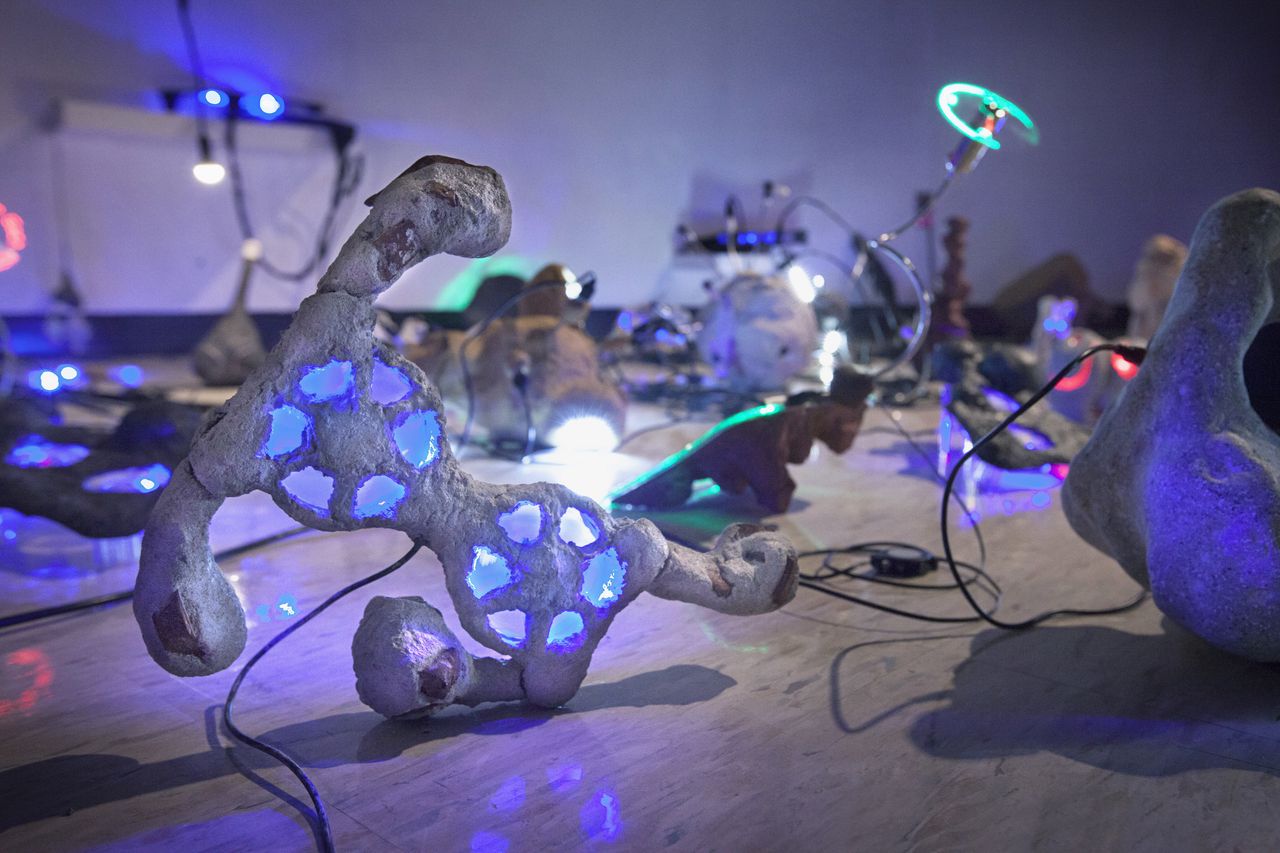
Under the shadow of prospective funding problems, political instability and the unwillingness of foreign artists to travel to Turkey, local museum directors and curators have increased the pressure on their colleagues overseas. The role they’d once been expected to play became one of initiator between the art public here and the artists there. As those abroad watched attack after attack unfold in Turkey and witnessed the coup attempt and the crackdown in its aftermath, many began to shift their attitudes about the country and with it their investment in Turkish art and artists.
It was this sentiment that resulted in some sad developments for Istanbul’s art world.
“The snub from overseas has inspired artists here to create more, to prove to the world why their work should trump terror and tumult.”
Not long ago the news came that Turkey had withdrawn from European Union cultural funding program, and starting in 2017, it would no longer receive grants from Creative Europe, art professionals learned. Curators here started receiving worried e-mails from colleagues at international galleries with questions about prospective funding problems for Turkey’s art institutions.
To the art community here, foreigners’ fear of showing art in Istanbul is akin to condescension. But the local artists and curators have reacted to the situation with what seems to me like an offensive against pessimism. The snub from overseas has inspired them to create more, to prove to the world why their work should trump terror and tumult.
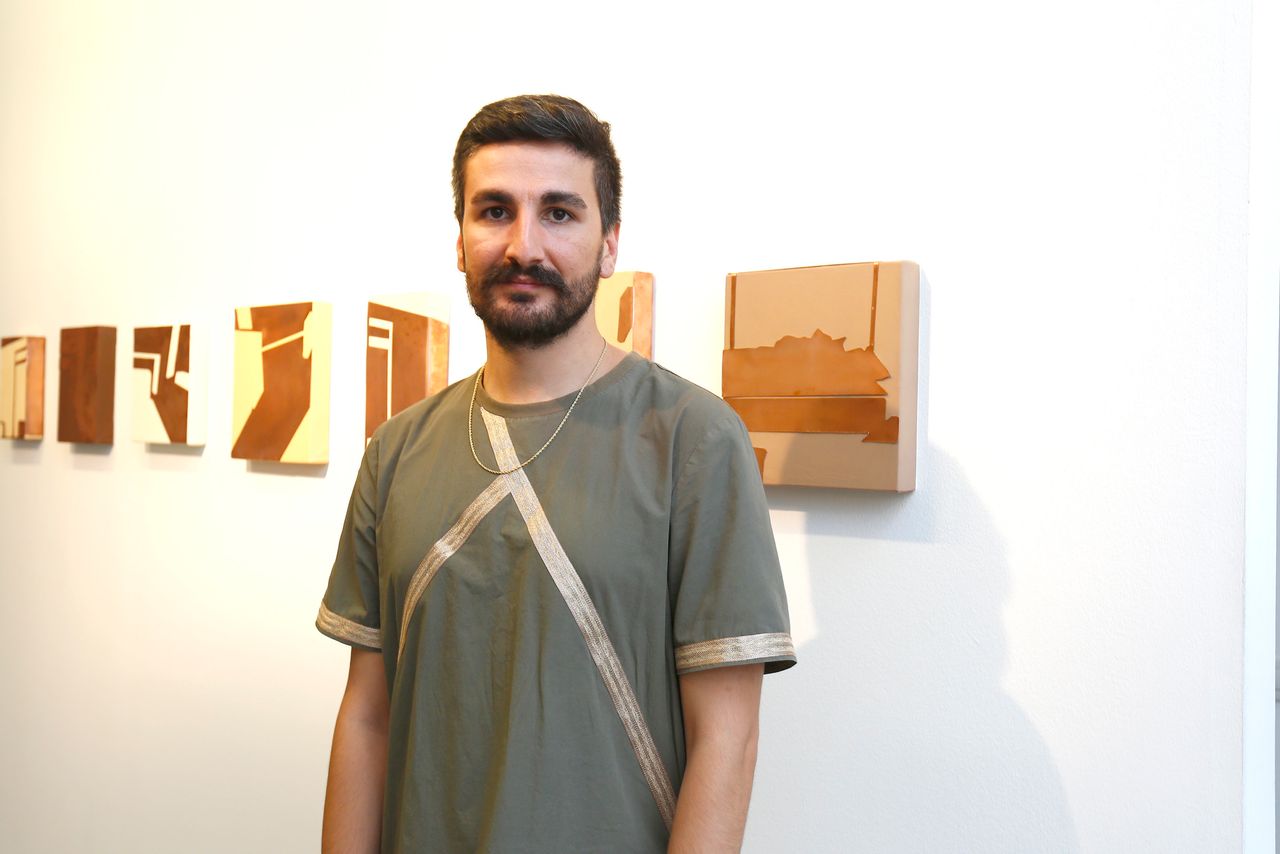
”Turkey had been undergoing interesting and difficult times for a while now,” Huo Rf, an exciting new name in Istanbul’s contemporary scene, told me. “I have seen artists who think it will be better to go away and create a new living environment that will be more healthy for them. But I don’t think that can be the solution. Physical detachment would not bring with it an intellectual detachment. You can go as far away as you like, but in your thoughts you wouldn’t go even one centimeter.”
As artists defy reality with creativity, they’ve managed to reach even the minds of those watching Turkey with caution and skepticism.
“There was a sense of defiance: those who were scared could remain so if they wished, but in Istanbul, we were here to enjoy art.”
On Sept. 22, months after Art International announced that it was canceling this year’s Istanbul edition, New York-based Moving Image Immersive Media opened a special exhibition in Istanbul’s Alt Art, a new space that has become a favorite among locals. “New Realities” displayed works in augmented and virtual reality, including a compelling piece by Turkish artist Deniz Tortum that features a virtually recreated operation room from Istanbul’s Cerrahpaşa Hospital. As VR headset wearing viewers saw “the hospital through machinic vision, through point clouds,” there was a sense of defiance: those who were scared could remain so if they wished, but in Istanbul, we were here to enjoy art.
The same month Pera Museum hosted a show by Brooklyn-based new media artist Katherine Behar. At Borusan Contemporary, a new media museum located by Istanbul’s Bosphorus Strait, Canadian artist Edward Burtynsky’s ambitious “Aqua Shock: Selections from the Water Project” show opened its doors to a curious and large crowd. And more recently, Contemporary Istanbul, one of the city’s leading art fairs, brought together the artistic community and made headlines in national newspapers that had largely been dominated by political articles surrounding the coup.
Recording of Deniz Tortum’s “Hospital with One Entrance and Two Exits”
The interest in art, in spite of all that’s gone on here in the last few months, seems to have stuck.
“In the past no columnist used to write about art here,” Kortun, the curator, said. “Today, Turkey’s art world has become a much more visible place due to the phenomenon of the art market.” But this is nothing new for Turkey, he added, just new for this time period. “There is also a thread of anxiety that connects our day to past decades.”
“‘One can trace the anxieties of Turkey's Kurds, for example, by looking at contemporary art works produced in the 2000s.’”
- Hasan Bülent Kahraman, Istanbul-based professor of art philosophy
Hasan Bülent Kahraman, one of the organizers of Contemporary Istanbul and a professor of art philosophy, agreed.
“Anxiety has dominated Turkey for a long time,” he said. “How could it be otherwise in a country where people have long used clandestine relationships to change the political order, either through meticulously planned juntas or revolutionary groups?”

During the 2000s, tension resulted from fears of a regime change ― that Turkey would stop being a republic ― and that reverberated in the art world as well, according to Kahraman.
“People said Turkey would turn into Malaysia or Iran. Such fears grew in the same decade where Turkey’s contemporary art scene really started coming to its own.”
“A bit of anxiety harms no one.”
“One can trace the anxieties of Turkey’s Kurds, for example, by looking at contemporary art works produced in the 2000s, where using subtle, ironic strategies, they articulated such anxieties in great works of contemporary art,” Kahraman added.
A bit of anxiety harms no one, in other words.
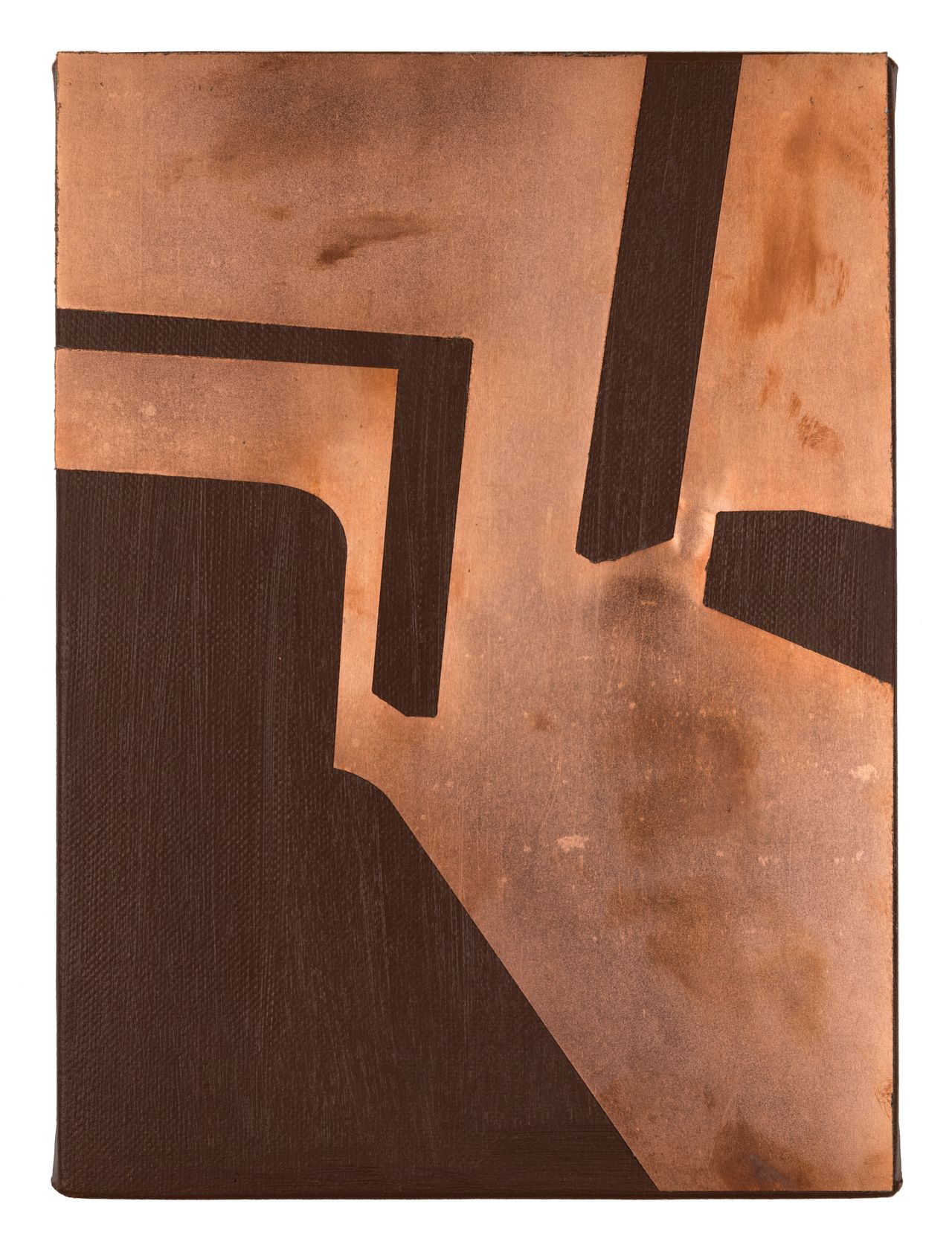
Just like their predecessors, current members of Turkey’s contemporary art scene are learning to master waves of uncertainty that the country’s political atmosphere is presenting them with in these post-coup-attempt days and turning them into something nothing short of spectacular.
“Even if we don’t have the power to physically change things, we can find means of survival in our environment,” Huo Rf said. “And that I can do through producing art. I can only exist by creating art.”
This was produced by The WorldPost, which is published by the Berggruen Institute.


